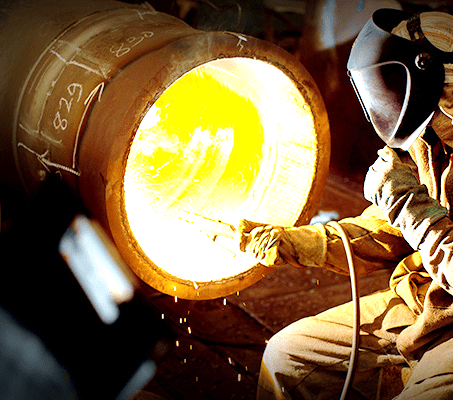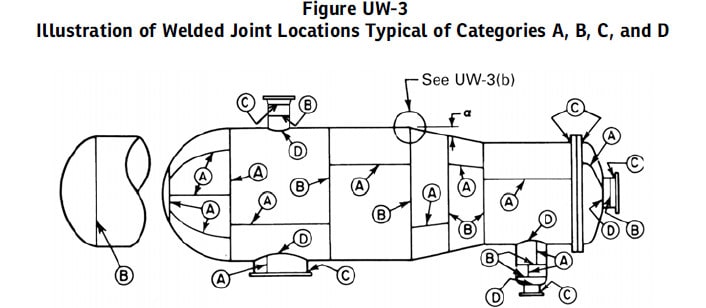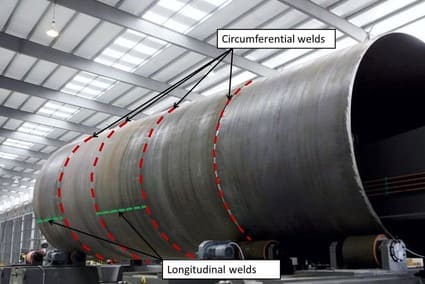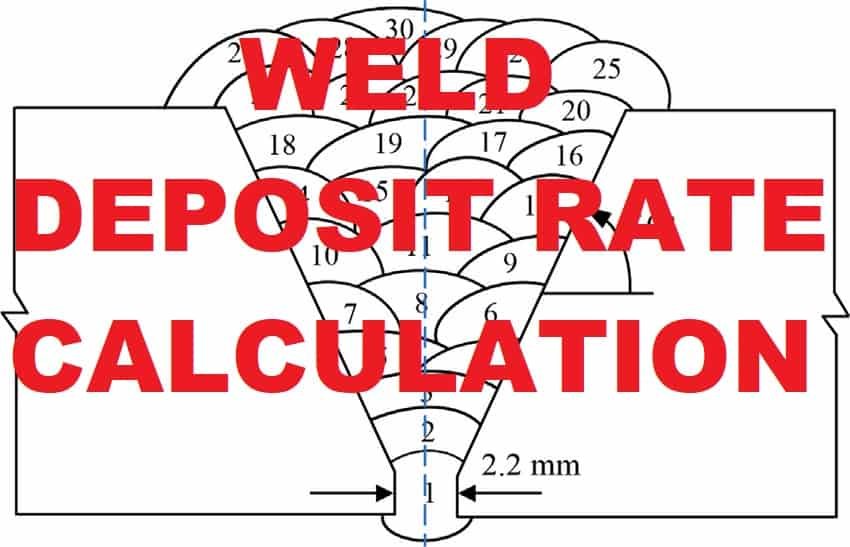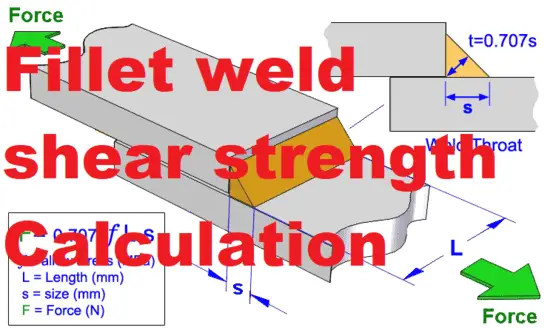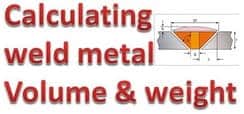What is welding efficiency?
Welding efficiency is a measure of how effectively a welder is able to transfer energy from the welding power source to the workpiece, and how well the welder is able to control the welding process to produce a sound and acceptable weld.
It is a measure of the quality of the welds produced and the amount of energy required to produce them.
Welding efficiency formula
Welding efficiency is a measure of how efficiently a welder is able to complete a welding job, and can be calculated using the following formula:
Welding Efficiency = (Actual Welding Time / Total Welding Time) x 100%
Where:
- Actual Welding Time is the amount of time spent welding, including set-up, preparation, and cleanup.
- Total Welding Time is the total amount of time spent on the welding job, including all activities such as travel, set-up, preparation, welding, and cleanup.
This formula will give you a percentage value, which represents the proportion of the time spent on the welding job that was spent on actual welding.
A higher percentage value indicates a higher welding efficiency, while a lower percentage value indicates a lower welding efficiency.
Read more: What is efficiency in welding & welding efficiency for SMAW, GMAW,TIG, FCAW and SAW?
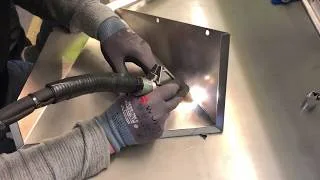
Factors affecting Welding Efficiency
It’s worth noting that welding efficiency can be affected by many factors such as:
- Welder skill level
- Quality of equipment
- Quality of the fit-up
- The type of welding being done
- The condition of the base material
Therefore, it’s important to track and monitor the welding efficiency over time to identify areas for improvement and to ensure that the welding process is as efficient as possible.
Importance of Welding Efficiency
Welding efficiency is important for several reasons:
- Cost Savings: High welding efficiency can lead to cost savings by reducing the amount of time and materials required to produce a given weld.
- Quality of Welds: Welding efficiency is a measure of the quality of the welds produced. High welding efficiency results in high-quality welds that are strong and have a consistent appearance.
- Safety: High welding efficiency can also lead to increased safety on the job. Properly trained and experienced welders who use efficient welding techniques are less likely to make mistakes that could lead to accidents.
- Productivity: High welding efficiency leads to increased productivity as it reduces the time required to produce a given weld, which can increase production rate and lower the manufacturing cost.
- Energy Conservation: High welding efficiency can also lead to energy conservation, as less energy is required to produce a given weld. This can help to reduce the environmental impact of the welding process.
How to increase Welding Efficiency
here are several ways to increase welding efficiency, some of which include:
- Proper Equipment Maintenance: Regularly maintaining welding equipment can help to ensure that it is operating at its best, which can increase welding efficiency.
- Proper Welding Technique: Using proper welding techniques, such as maintaining the correct travel speed and maintaining the correct distance from the workpiece, can help to increase welding efficiency.
- Welding Automation: Automating the welding process can increase efficiency by reducing the need for manual labor and by providing more consistent results.
- Training and Experience: Welders who are properly trained and experienced are more likely to be efficient and produce high-quality welds.
- Use of Welding Aids: Using welding aids such as jigs and fixtures can help to ensure that welds are performed in the correct position, which can increase efficiency.
- Use of Proper Welding Consumables: Selecting the right welding consumables such as electrodes, filler metals and gas can have a significant impact on the efficiency and the quality of the welds.
- Proper Workpiece preparation: The proper cleaning, fit-up and alignment of the workpiece can have a big impact on the efficiency of the welding process.
- Use of Proper Welding Process: Choosing the right welding process for the job can increase efficiency. For example, using a process that requires less heat input, such as friction welding or laser welding, can increase efficiency.
By implementing these methods, welding efficiency can be increased, which can lead to cost savings, improved weld quality and increased safety.
Conclusion
In summary, welding efficiency is a measure of how efficiently a welder is able to complete a welding job and can be calculated by dividing actual welding time by total welding time and multiplying by 100%.
It’s important to track and monitor the welding efficiency over time to identify areas for improvement and to ensure that the welding process is as efficient as possible.
